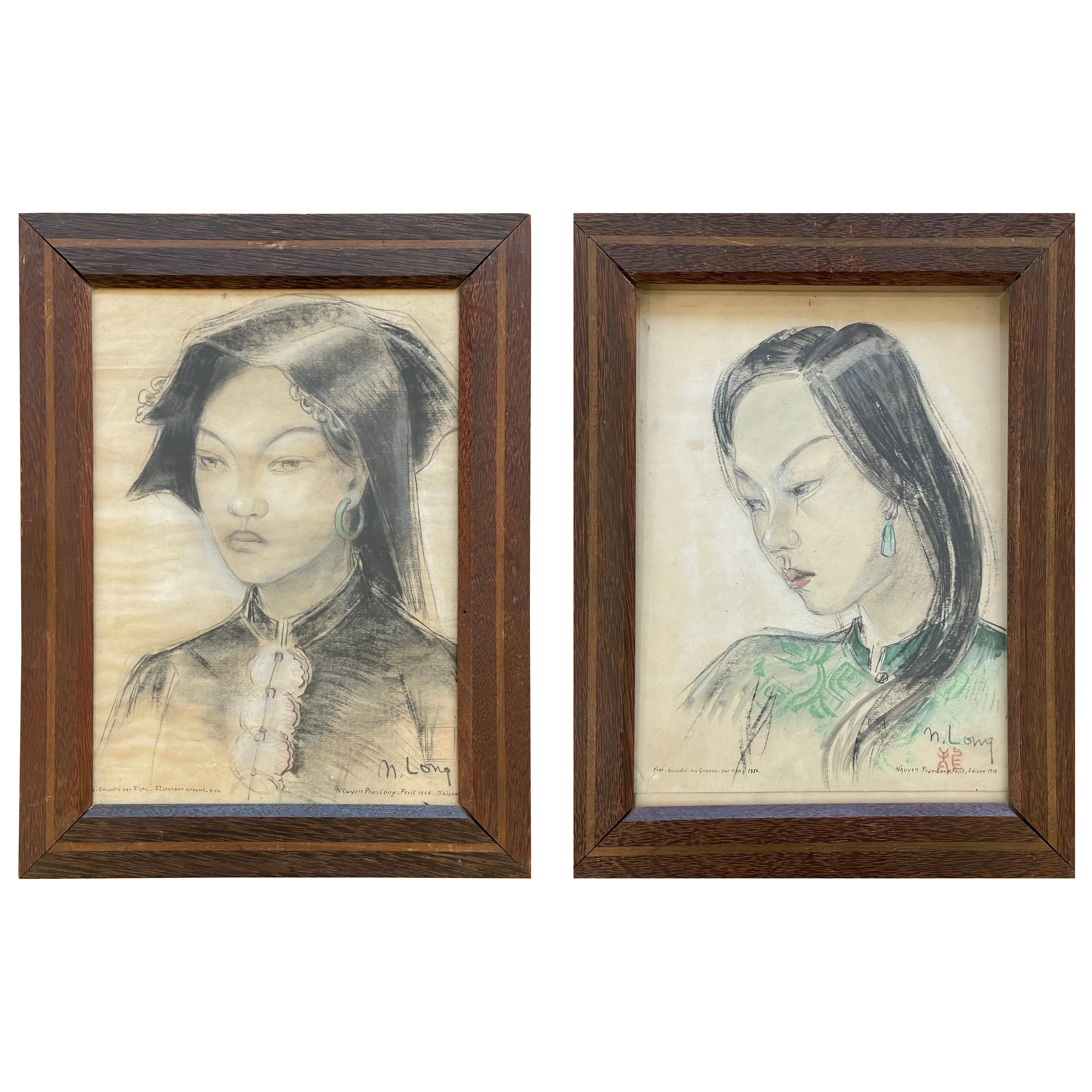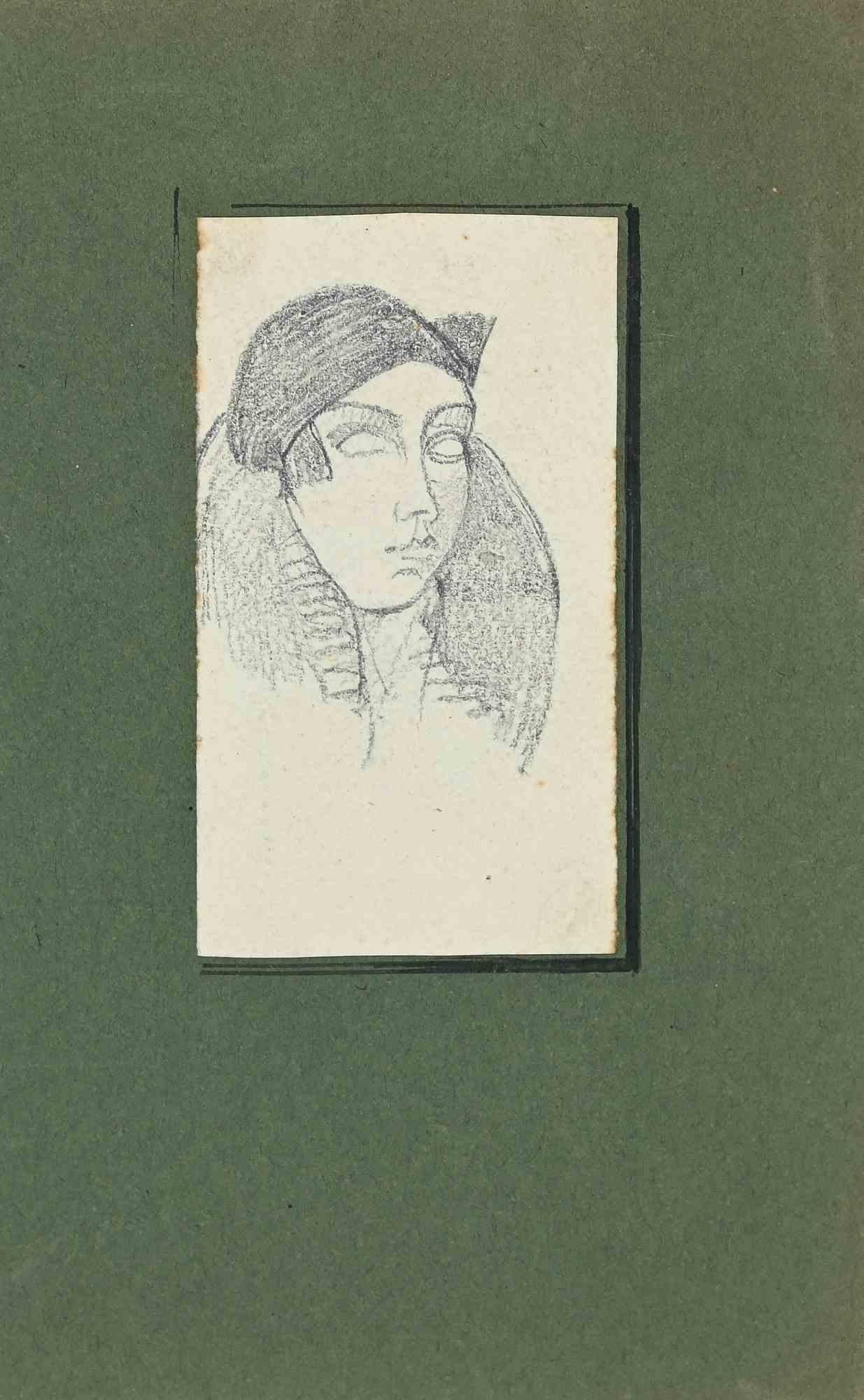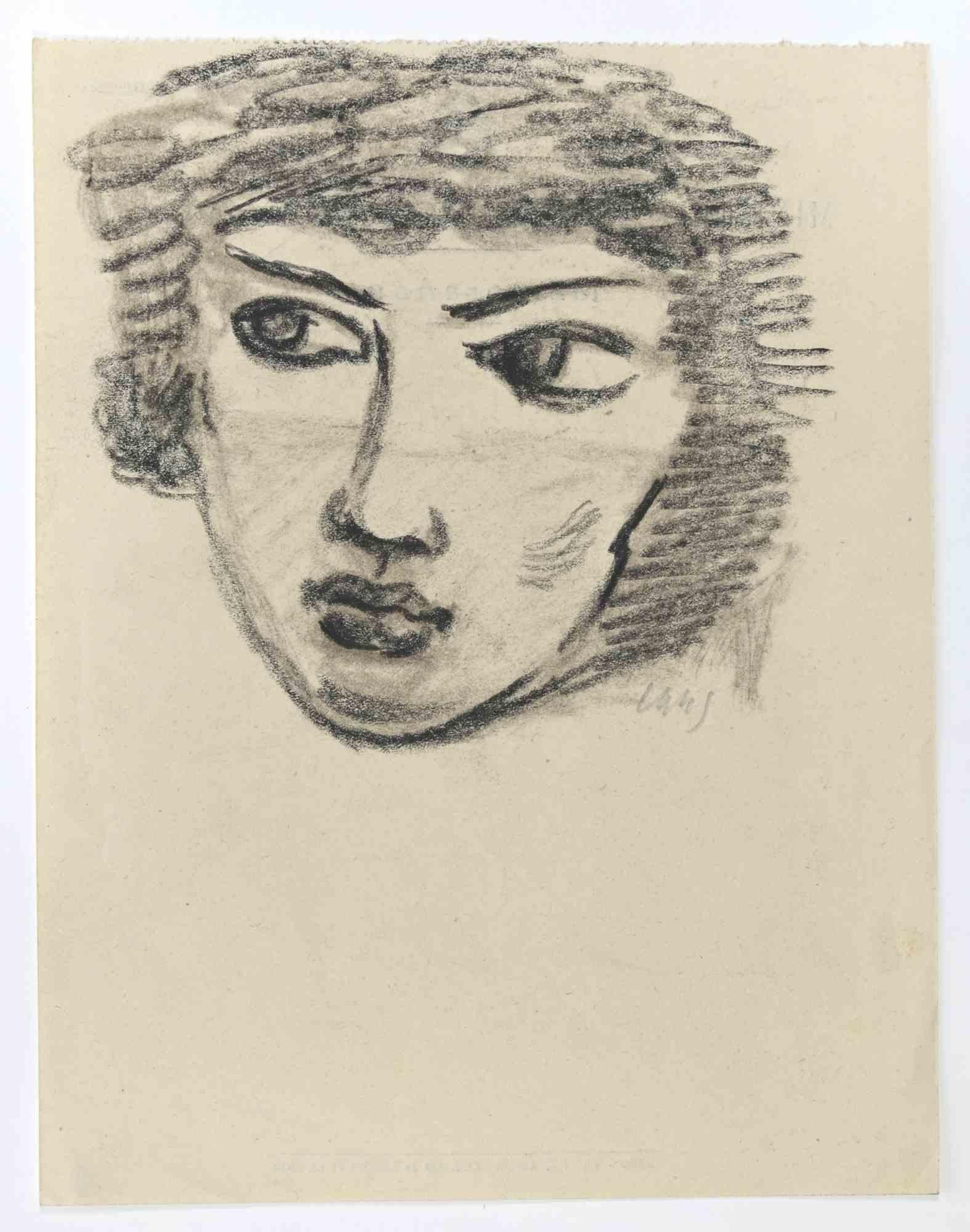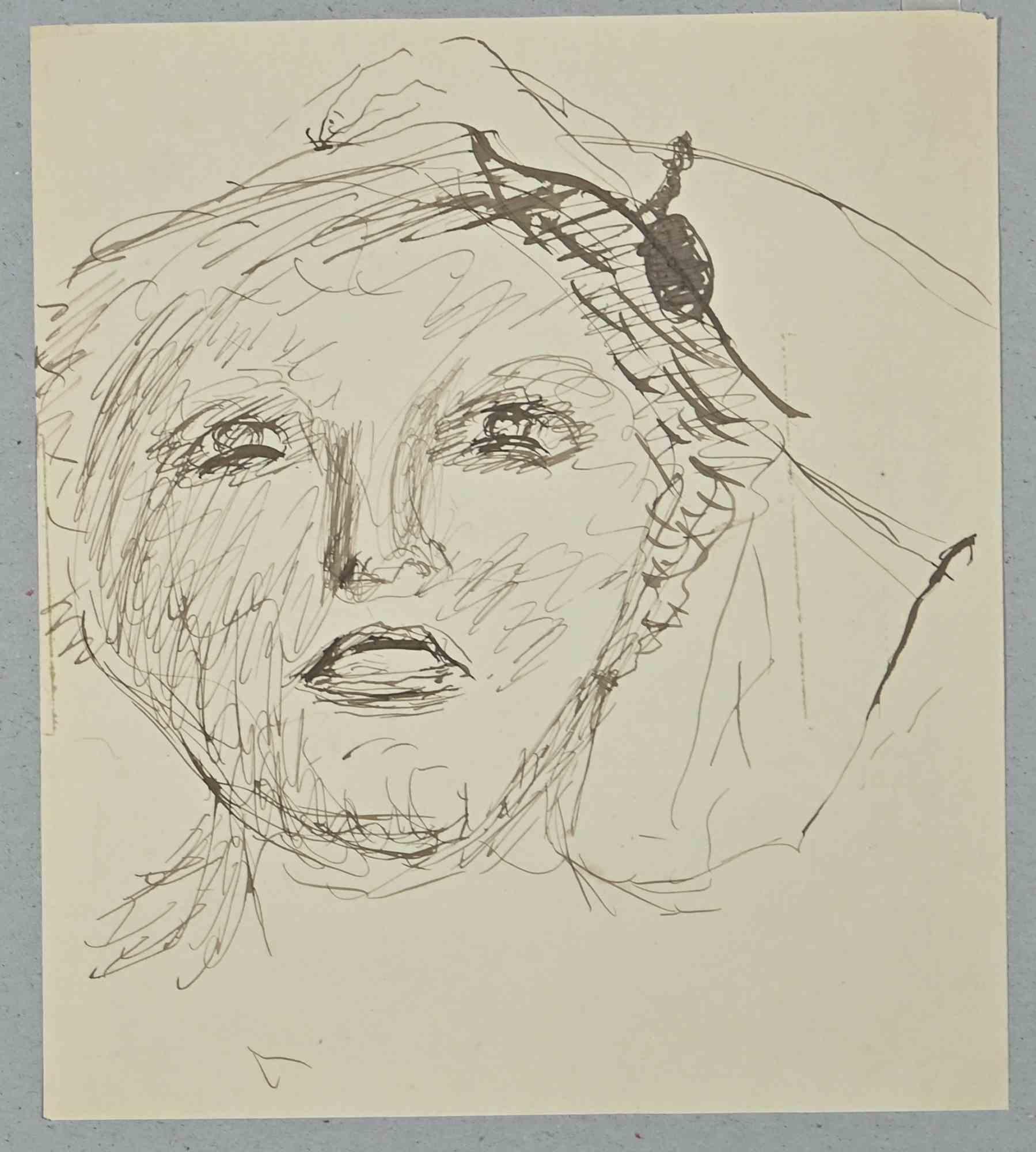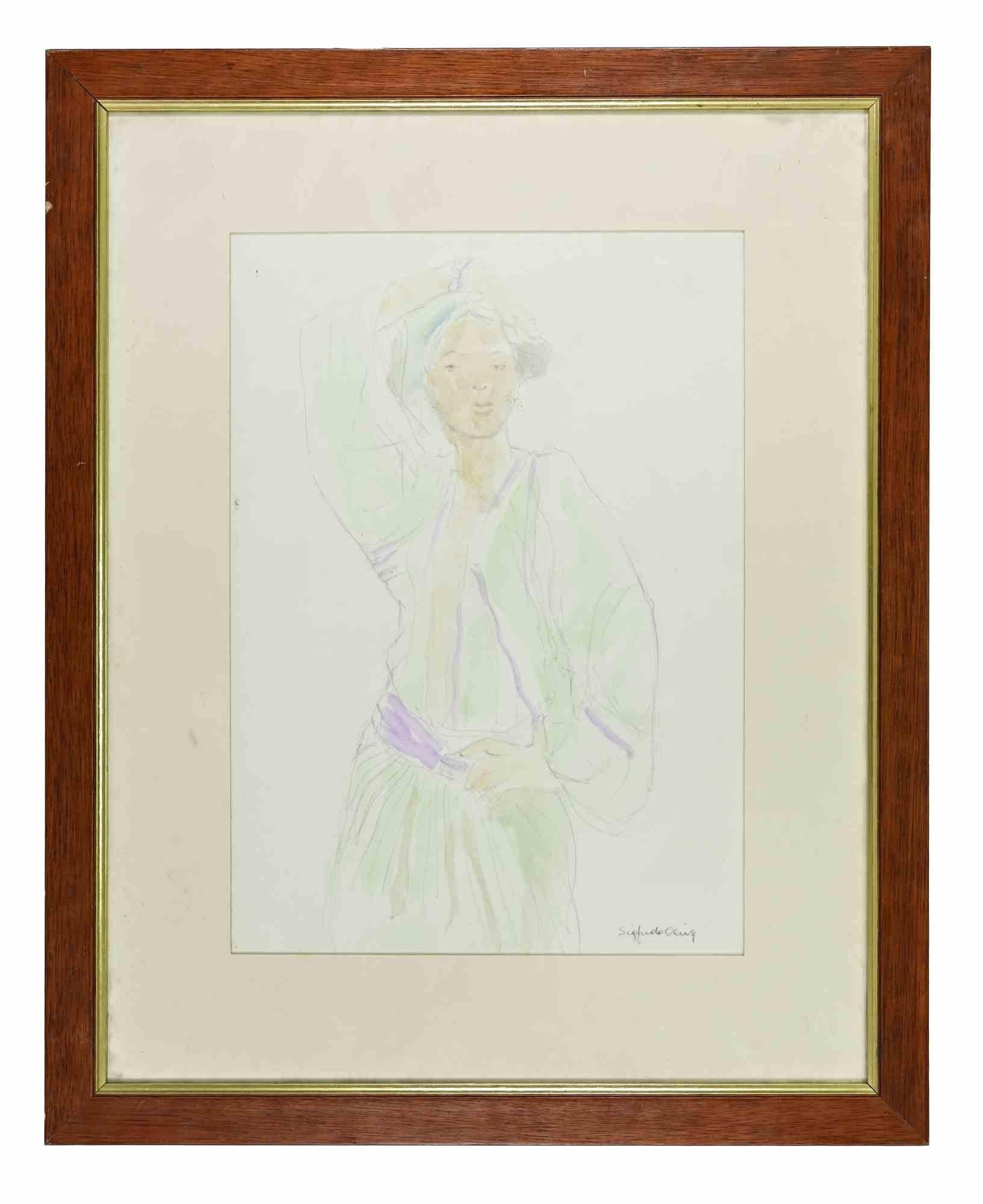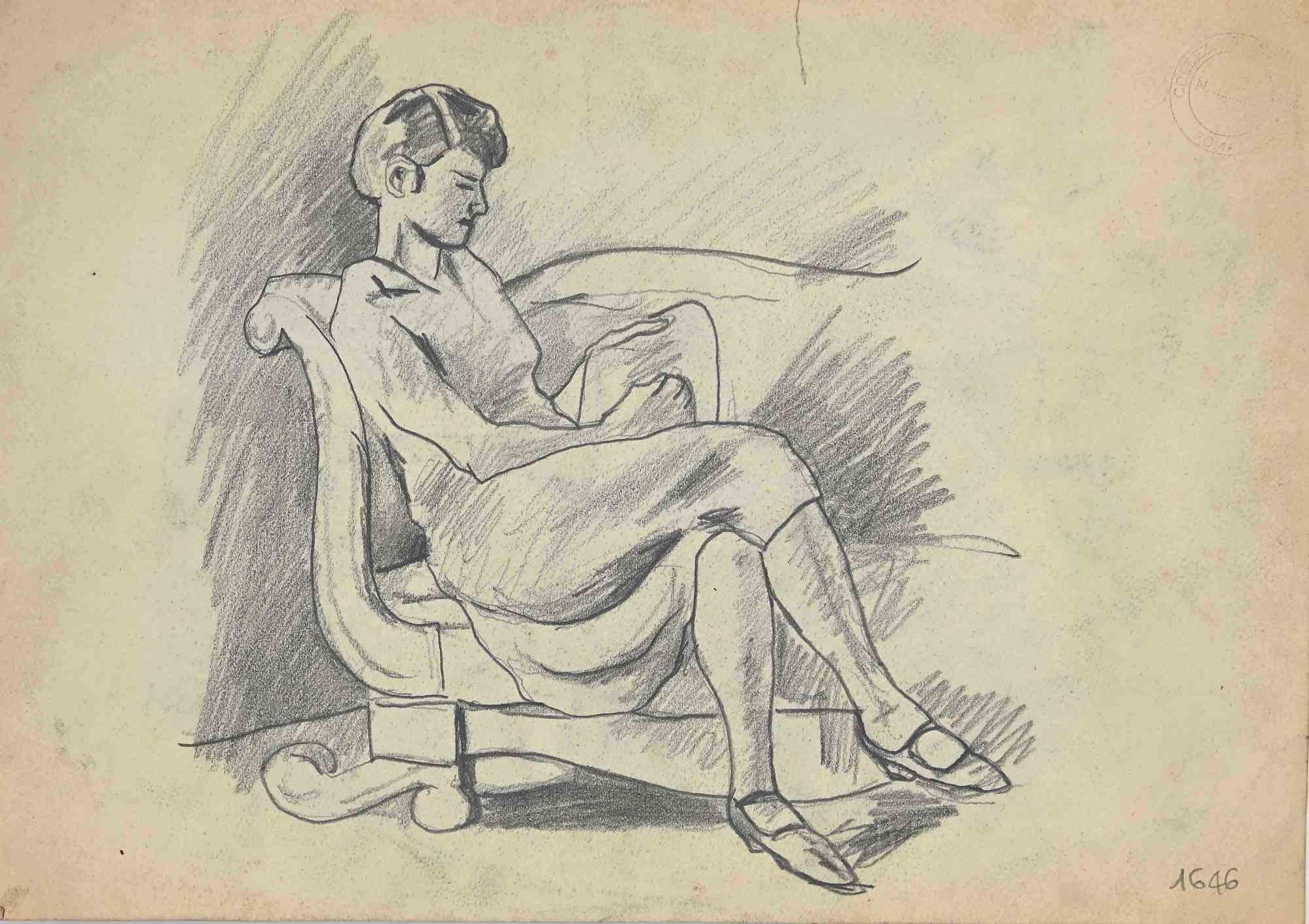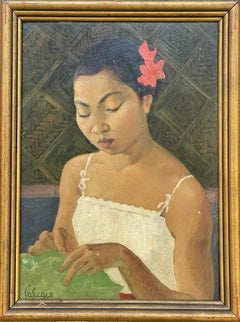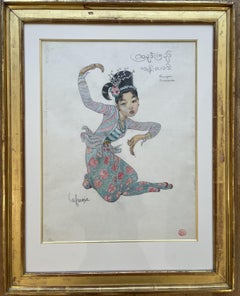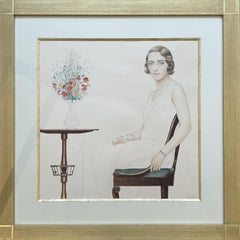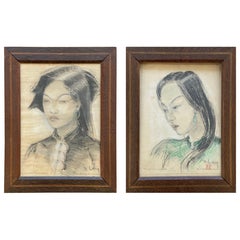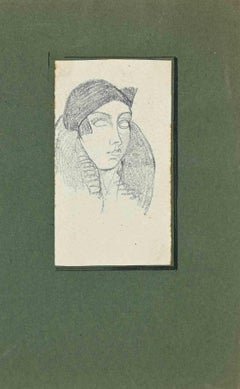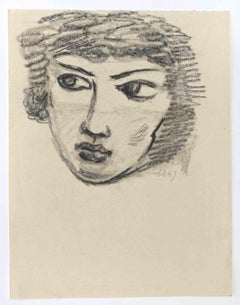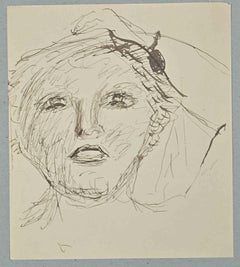Items Similar to N’Guyen PHAN LONG, pair of drawings on paper
Want more images or videos?
Request additional images or videos from the seller
1 of 15
N’Guyen Phan LongN’Guyen PHAN LONG, pair of drawings on paper1946
1946
$3,822.96
£2,857.09
€3,200
CA$5,273.96
A$5,776.62
CHF 3,041.39
MX$68,942.09
NOK 38,759.83
SEK 35,432.33
DKK 24,390.86
About the Item
- Price for both.
- Signed at the bottom right.
- Vietnam, 1946.
Dimensions
H : 33 cm L : 31 cm
H : 12.9 in W : 12.2 in
- Creator:N’Guyen Phan Long
- Creation Year:1946
- Dimensions:Height: 13 in (33 cm)Width: 12.21 in (31 cm)
- Medium:
- Movement & Style:
- Period:
- Condition:
- Gallery Location:Paris, FR
- Reference Number:Seller: 3471stDibs: LU2791215250572
About the Seller
No Reviews Yet
Vetted Professional Seller
Every seller passes strict standards for authenticity and reliability
1stDibs seller since 2024
- ShippingRetrieving quote...Shipping from: Paris, France
- Return Policy
More From This Seller
View AllLéa LAFUGIE (1890-1972), portrait of a young Cambodian woman
Located in Paris, FR
Léa Lafugie was a French painter born in Paris, known for her portraits and landscapes inspired by her travels. She studied at the National School of Decorative Arts in Paris and lat...
Category
1920s Art Deco Portrait Paintings
Materials
Oil, Board
Léa LAFUGIE (1890-1972), watercolor of a "Ta Moc" woman and child
Located in Paris, FR
Léa Lafugie is a painter who has travelled extensively throughout Asia. She is renowned for her portraits. She studied at the Ecole des Arts Décoratifs in Paris, then at the Ecole de...
Category
1920s Figurative Drawings and Watercolors
Materials
Paper, Watercolor
Léa LAFUGIE (1890-1972), gouache of a Burmese dancer
Located in Paris, FR
Léa Lafugie is a painter who has travelled extensively throughout Asia. She is renowned for her portraits. She studied at the Ecole des Arts Décoratifs in Paris, then at the Ecole de...
Category
1920s Art Deco Figurative Drawings and Watercolors
Materials
Paper, Gouache
Bernard BOUTET DE MONVEL (1881 - 1949), "Portrait of Miss Lise Brissaud"
Located in Paris, FR
Bernard Boutet de Monvel was a French painter, sculptor, engraver, fashion illustrator and interior decorator. Although first known for his etchings, he earned notability for his pai...
Category
1920s Modern Portrait Drawings and Watercolors
Materials
Paper, Watercolor, Pencil
Léa LAFUGIE (1890-1972), gouache of a Tibetan woman and child
Located in Paris, FR
Léa Lafugie is a painter who has travelled extensively throughout Asia. She is renowned for her portraits. She studied at the Ecole des Arts Décoratifs in Paris, then at the Ecole de...
Category
1920s Art Deco Figurative Paintings
Materials
Paper, Gouache
Lady of Shanghai, Léa Lafugie (1890-1972)
Located in Paris, FR
Léa Lafugie (1890–1972) was a painter who traveled extensively across Asia. She was renowned for her portraits. She studied at the School of Decorative Arts, followed by the École de...
Category
1920s Art Deco Portrait Paintings
Materials
Canvas, Oil
You May Also Like
N’guyen Phan Long, a pair of drawings on paper, 1946
Located in Paris, FR
Price for both.
Signed at the bottom right.
Vietnam, 1946.
Dimensions
H : 33 cm L : 31 cm
H : 12.9 in W : 12.2 in
Category
Vintage 1940s Vietnamese Art Deco Paintings and Screens
Materials
Paper
Portrait - Original Drawing - 20th century
By Jean Delpech
Located in Roma, IT
Portrait is a pencil drawing on paper realized in the early 20th Century
Good Conditions.
The artwork is depicted through soft strokes in a well-balanced compositions.
Category
Mid-20th Century Modern Figurative Drawings and Watercolors
Materials
Paper
The Portrait - Drawing by Mino Maccari - 1945
By Mino Maccari
Located in Roma, IT
The Portrait is a Pencil Drawing realized by Mino Maccari (1924-1989) in 1945.
Monogrammed in the lower margin.
Good condition.
Mino Maccari (Siena, 1924-Rome, June 16, 1989) was...
Category
1940s Modern Portrait Drawings and Watercolors
Materials
Paper, Pencil
The Portrait - Original Drawing by Lucien Coutaud - 1930s
By Lucien Coutaud
Located in Roma, IT
The Portrait is an Original drawing in pen realized by Lucien Coutaud in the 1935s.
Stamp Signed on the rear.
Good conditions.
The dynamic strokes ar...
Category
1930s Modern Figurative Drawings and Watercolors
Materials
Pen
Woman - Drawing by Sigfrido Oliva - 1980s
Located in Roma, IT
Pencil and watercolor drawing realized by Sigfrido Oliva in 1980s.
Hand signed and dated.
Includes a contemporary wooden frame cm. 52.5x42.5.
Category
1980s Contemporary Figurative Drawings and Watercolors
Materials
Watercolor, Pencil
Portraits of Woman - Drawing by Mino Maccari - Mid 20th Century
By Mino Maccari
Located in Roma, IT
Portraits of Woman is an original Pencil Drawing realized by Mino Maccari in mid-20th century.
Good condition on a yellowed paper.
Hand-signed by the artist with pencil.
Mino Macc...
Category
Mid-20th Century Modern Figurative Drawings and Watercolors
Materials
Pencil
